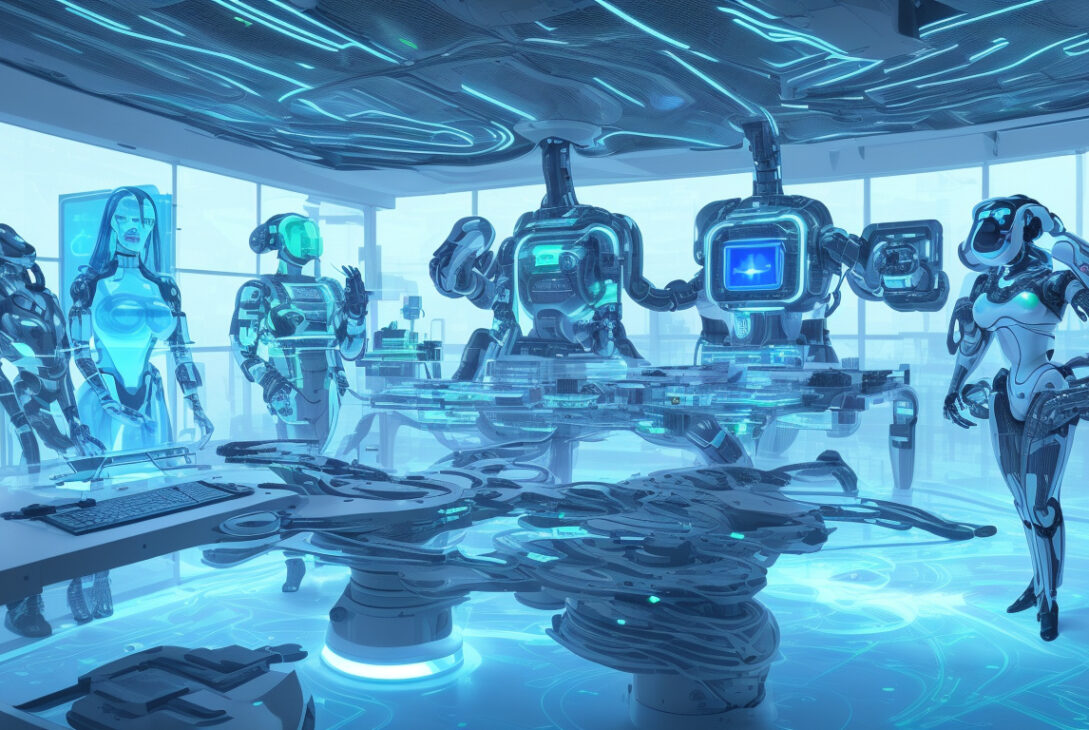OpenAI to Open-Source Some of the A.I. Systems Behind ChatGPT
By Cade Metz, The New York Times
August 5, 2025 | San Francisco
In a significant turn in the artificial intelligence landscape, OpenAI announced on Tuesday that it will be "open sourcing" two of the A.I. models that have helped power its widely used online chatbots, including ChatGPT. This marks a major shift for the company, which had previously kept much of its cutting-edge technology closely guarded.
Opening the Door to Collaboration and Competition
Since the launch of ChatGPT three years ago, OpenAI has largely withheld its technology as it rapidly expanded the capabilities of its A.I. systems. Meanwhile, competitors seeking to challenge OpenAI have embraced open source, sharing their own artificial intelligence technologies freely with researchers and businesses globally.
OpenAI’s decision to follow suit aims to level the playing field by allowing wider access to some of its powerful models while also encouraging developers to build on top of its technology. The move is seen as a way to keep OpenAI central to the future of A.I. innovation by maintaining user engagement with its ecosystem.
Greg Brockman, OpenAI’s president and co-founder, highlighted the strategic value of the approach in an interview: “If we are providing a model, people are using us. They are dependent on us providing the next breakthrough. They are providing us with feedback and data and what it takes for us to improve that model. It helps us make further progress.”
Details on the Open-Source Models
The models OpenAI is sharing—named gpt-oss-120b and gpt-oss-20b—offer advanced capabilities but do not match the performance of OpenAI’s most powerful systems. Still, according to benchmark tests shared by the company, these models rank among the world’s leading artificial intelligence technologies.
One model, gpt-oss-20b, is designed to be light enough to run on a standard laptop, making advanced A.I. more accessible to individual developers and smaller companies with limited computing resources. The other, gpt-oss-120b, requires more powerful hardware equipped with specialized computer chips designed specifically for large-scale A.I. workloads.
The Broader Debate Over Open Source
Open source software has been a mainstay in the technology world for decades, known for accelerating innovation through shared collaboration. Early in the A.I. revolution, companies freely open-sourced many foundational systems. However, around the release of GPT-2 in 2019, OpenAI began tightening access to its most powerful models over concerns about safety and misuse.
Those concerns remain valid today. A.I. technologies can be exploited to spread disinformation, generate hate speech, and even potentially enable harmful biological or cyberattacks as they become integrated into critical systems like power grids and stock markets.
Nonetheless, the tide has been shifting. By 2023, Meta’s release of its open-source model LLaMA challenged industry norms, and China’s DeepSeek released a competitive open-source system called V3, demonstrating that open access could fuel A.I. advancements on multiple fronts.
The Trump administration’s recent decision to permit Nvidia, a leading chip manufacturer, to export some A.I. chips to China signaled a broader relaxation of export restrictions in this space, reinforcing the momentum toward openness.
Balancing Innovation and Safety
Brockman acknowledged the dual-edged nature of powerful technologies. “A.I. could be used to both harm and empower people. But the same is true of any powerful technology,” he said. He emphasized that OpenAI spent considerable time and resources testing these open-source releases to minimize potential risks.
The company also noted that many users prefer to run A.I. software on their own hardware, rather than relying exclusively on cloud services, underscoring the practical demand for open access.
The Future of A.I. Sharing
The move by OpenAI may prompt other technology leaders to reevaluate their own strategies. Mark Zuckerberg and Meta, for instance, are reportedly reconsidering their earlier commitment to open-source projects like Behemoth in favor of a more cautious, closed-source model approach.
Regulators and companies alike continue to grapple with how to balance the immense benefits of open-source A.I. technologies with the potential threats they pose.
As OpenAI’s experiment with releasing open-source versions of its models unfolds, the broader industry will be watching closely to see how this evolves the competitive landscape and shapes the future of artificial intelligence.
For more coverage of artificial intelligence and emerging technologies, stay connected with The New York Times technology desk.










